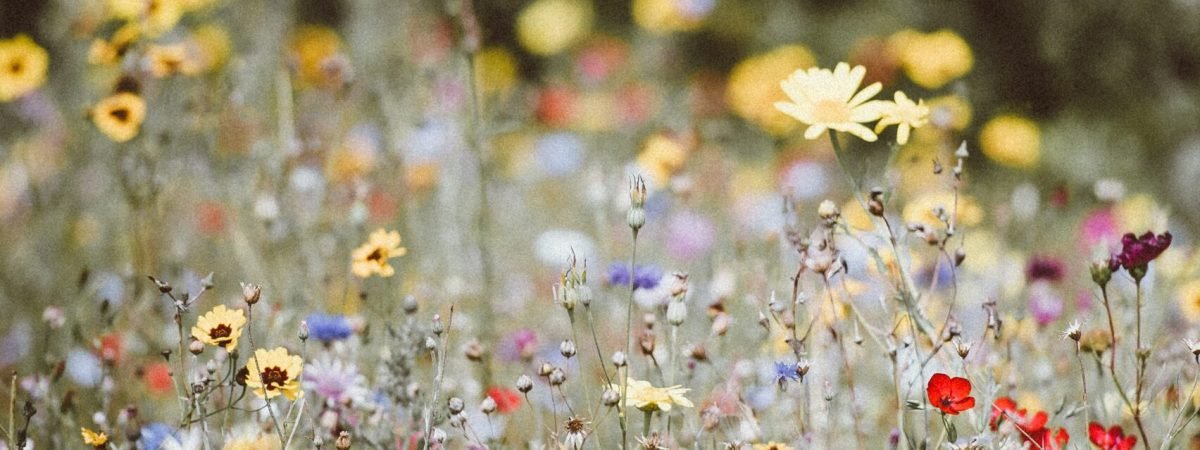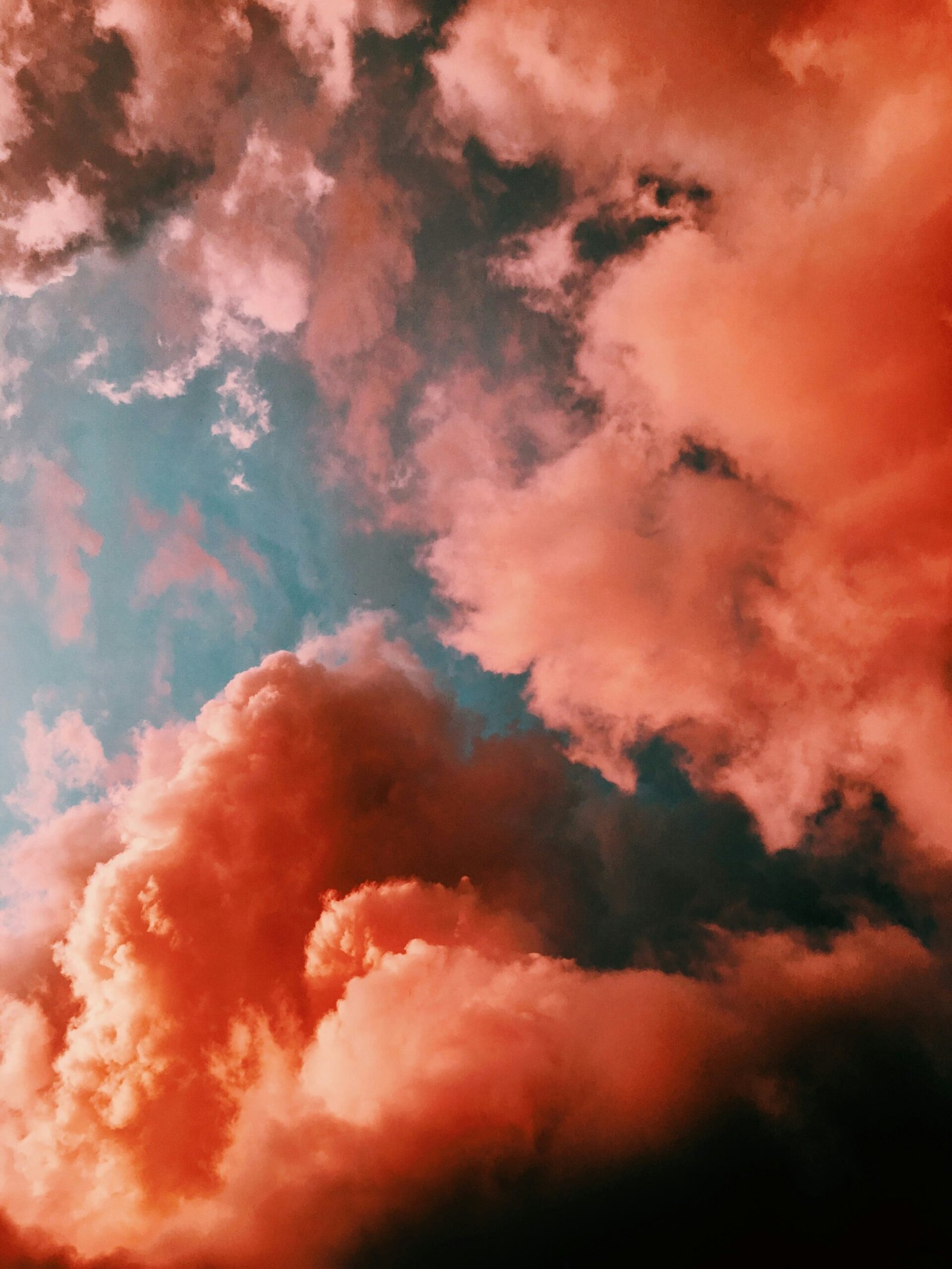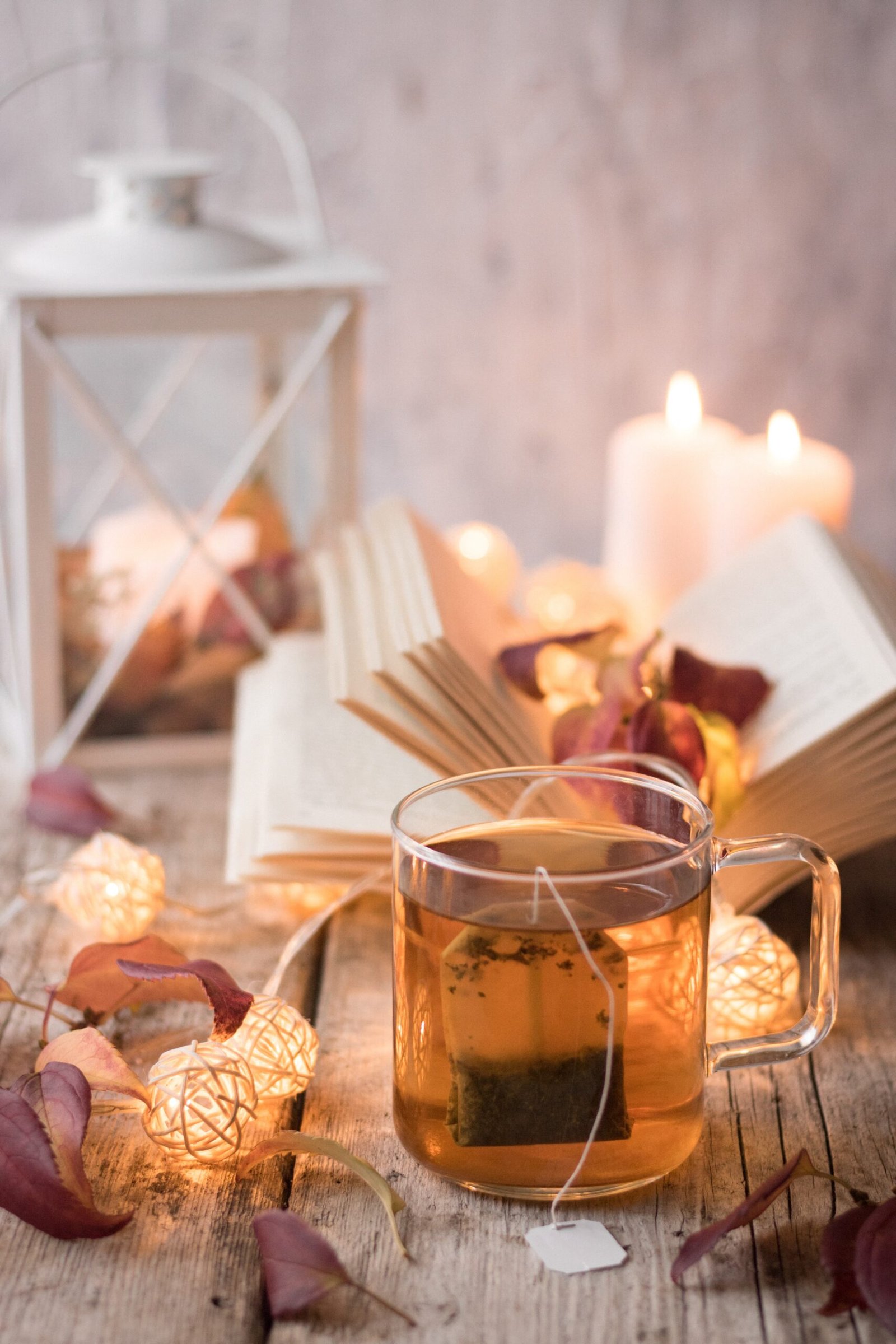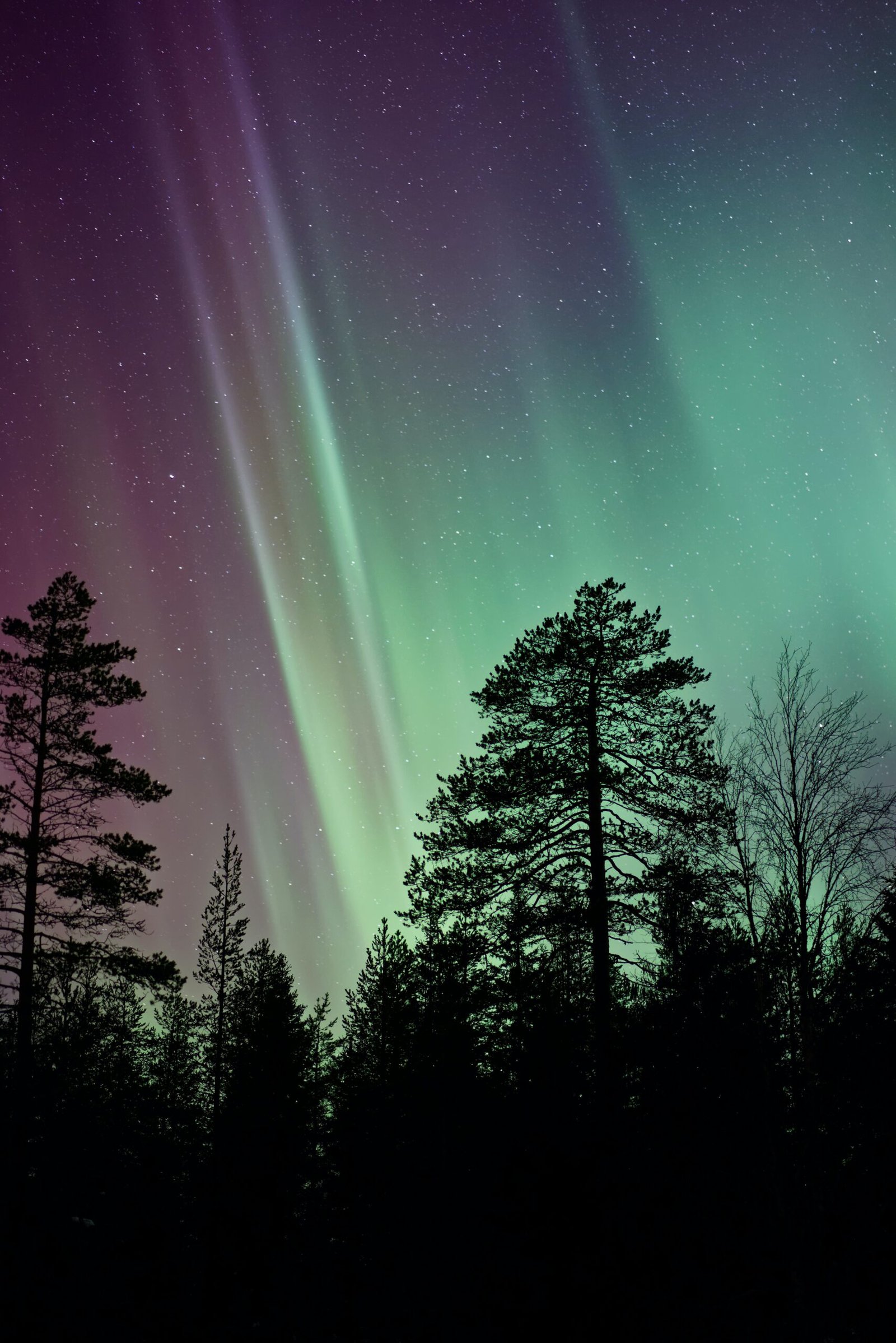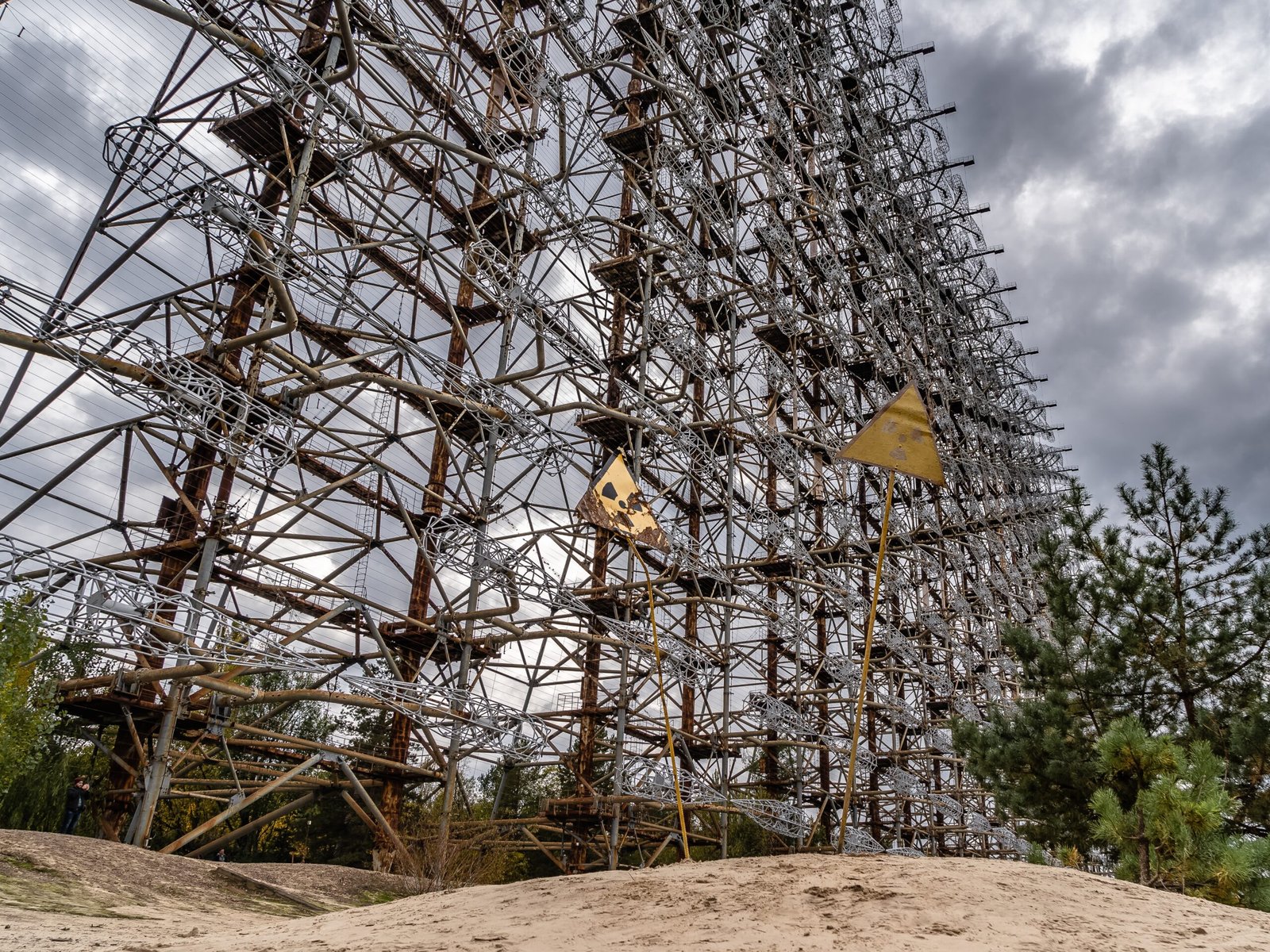Wildflowers, with their vibrant colors and delicate petals, hold a special place in the hearts of nature enthusiasts and gardeners alike. These beautiful blooms can be found in various landscapes, from meadows and forests to mountains and deserts. Their ability to thrive in diverse environments is a testament to their resilience and adaptability.
One of the most enchanting aspects of wildflowers is their wide array of colors. From the fiery reds and oranges of poppies to the soft blues and purples of lavender, these natural wonders paint the landscape with their vivid hues. Each color holds its own symbolism and can evoke different emotions.
Red wildflowers, such as the Indian Paintbrush or Scarlet Gilia, symbolize passion, love, and courage. Their vibrant blooms catch the eye and add a touch of intensity to any garden or meadow. Orange wildflowers, like the California Poppy or Orange Hawkweed, represent enthusiasm, warmth, and creativity. Their bright and cheerful petals bring joy to any outdoor space.
Yellow wildflowers, such as the Sunflower or Black-eyed Susan, symbolize happiness, optimism, and friendship. These sunny blooms can brighten up even the gloomiest of days. Pink wildflowers, like the Wild Rose or Pink Evening Primrose, evoke feelings of grace, gentleness, and femininity. Their delicate petals and soft hues create a sense of tranquility.
Blue and purple wildflowers, such as the Bluebell or Lupine, symbolize spirituality, mystery, and calmness. These cool-toned blooms add a sense of serenity to any garden or landscape. White wildflowers, like the Daisy or White Yarrow, represent purity, innocence, and new beginnings. Their simple elegance and clean petals bring a sense of freshness to any outdoor space.
Wildflowers not only add beauty and color to the natural world but also provide essential benefits to the ecosystem. They attract pollinators such as bees, butterflies, and hummingbirds, playing a crucial role in the reproduction of many plant species. Additionally, wildflowers help improve soil quality by preventing erosion and promoting biodiversity.
Embracing wildflowers in your own garden or landscape can be a rewarding experience. By incorporating these native plants into your outdoor space, you can create a haven for pollinators and contribute to the preservation of local ecosystems. Whether you have a small balcony or a sprawling backyard, there are wildflower varieties that can thrive in various conditions.
When selecting wildflowers for your garden, consider the climate, soil type, and sunlight exposure of your area. Native wildflower species are often the best choice, as they are adapted to the local environment and require minimal maintenance. Research the specific needs of each wildflower variety to ensure they have the best chance of thriving in your garden.
Once you have chosen your wildflower seeds or plants, prepare the soil by removing any weeds or grass and loosening it with a garden fork. Scatter the seeds or plant the seedlings according to the instructions provided, taking care to space them adequately. Water the area gently and regularly, keeping the soil moist but not saturated.
As your wildflowers begin to grow, observe their progress and enjoy the beauty they bring to your outdoor space. Take the time to appreciate the intricate details of each bloom, from the delicate patterns on their petals to the subtle variations in color. Wildflowers are a reminder of the wonders of nature and the importance of preserving our natural habitats.
So, whether you choose to cultivate a wildflower meadow or add a few potted wildflowers to your balcony, embrace the beauty of these colorful blooms. Let them inspire you to connect with nature and appreciate the diversity and resilience of the natural world.

